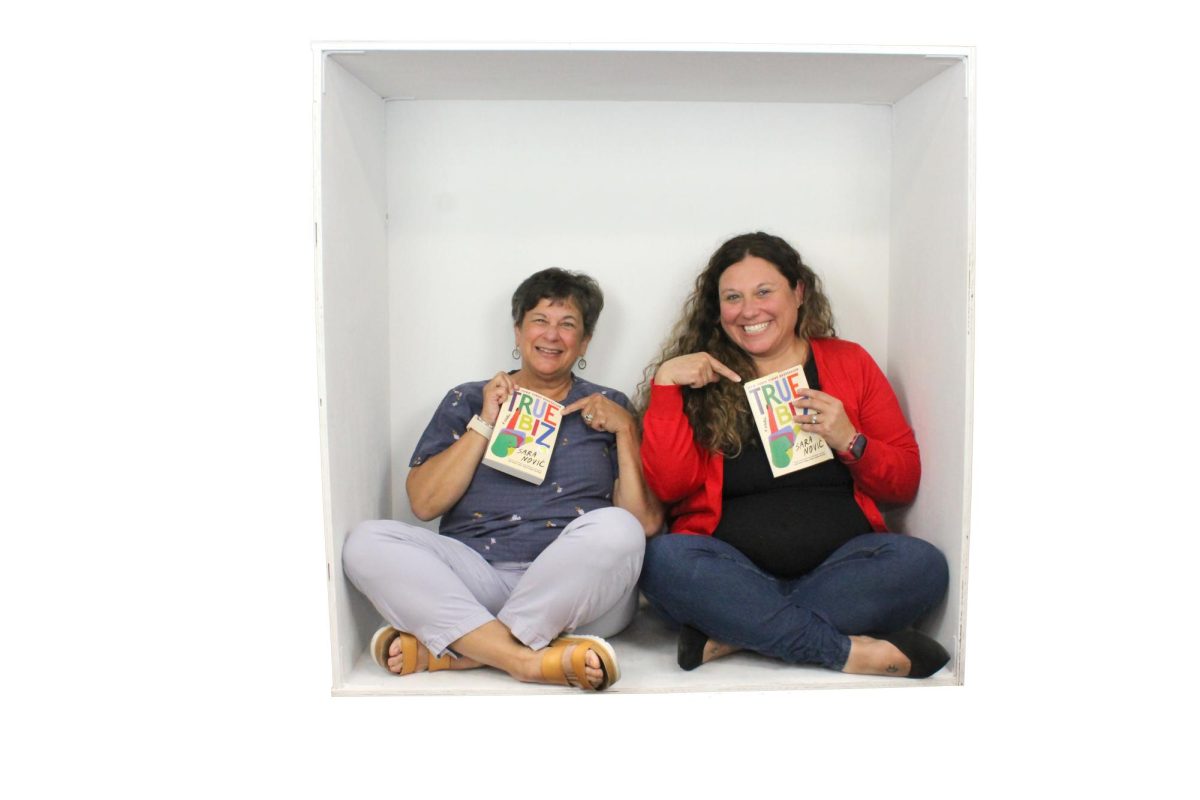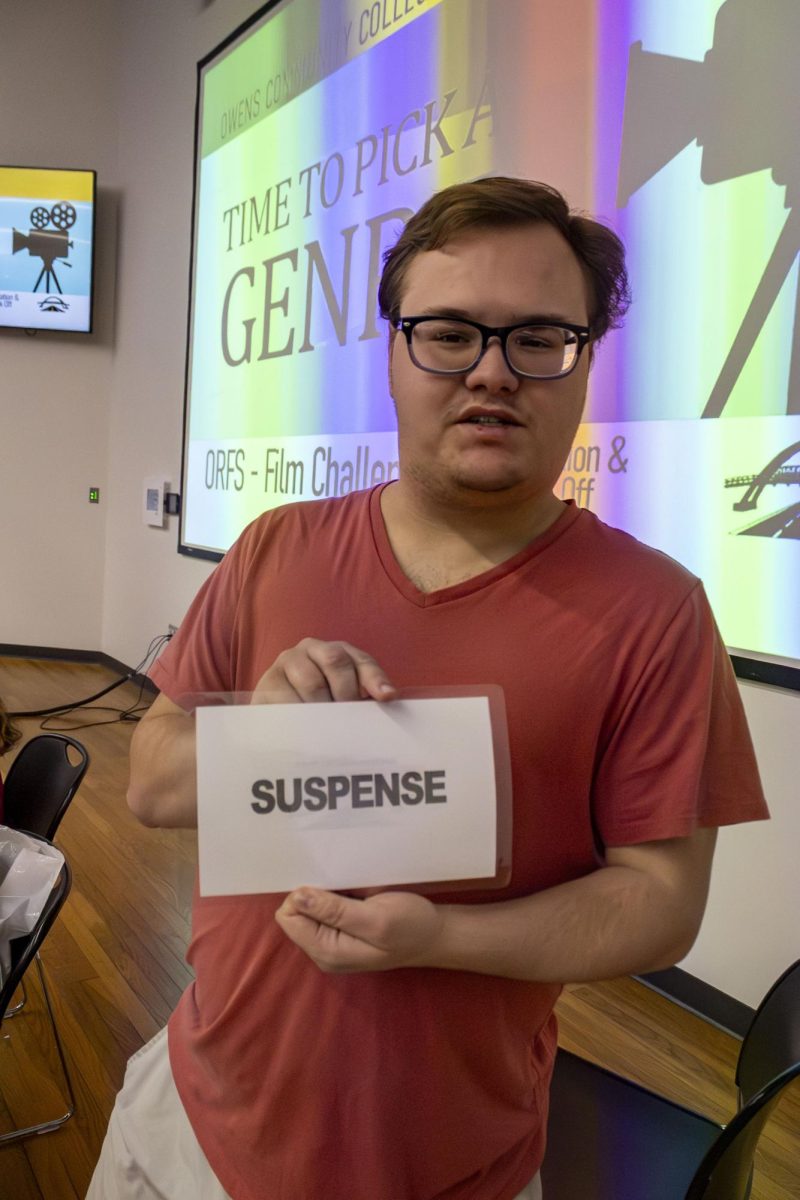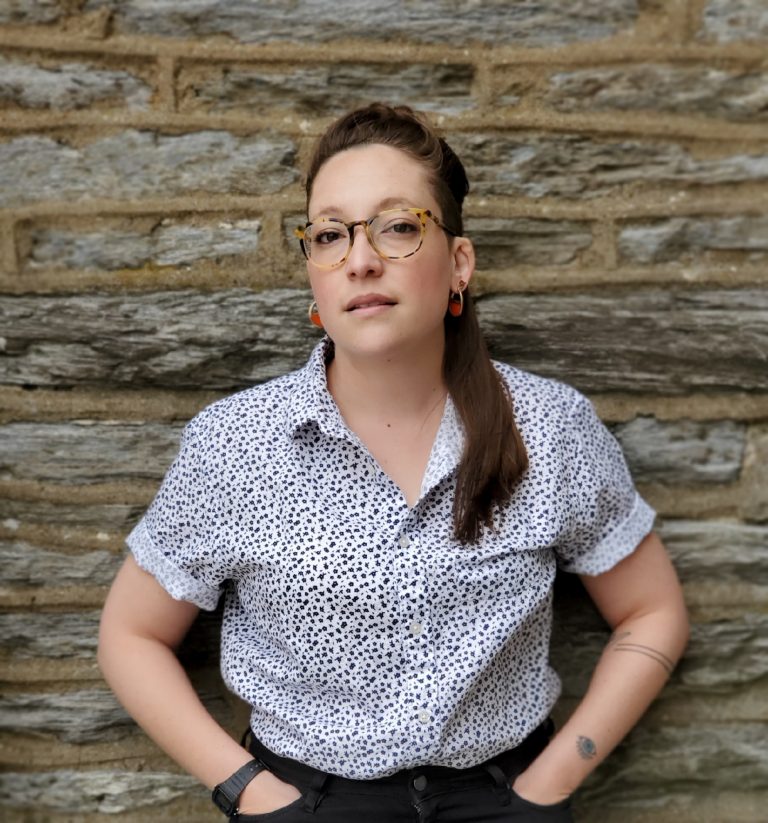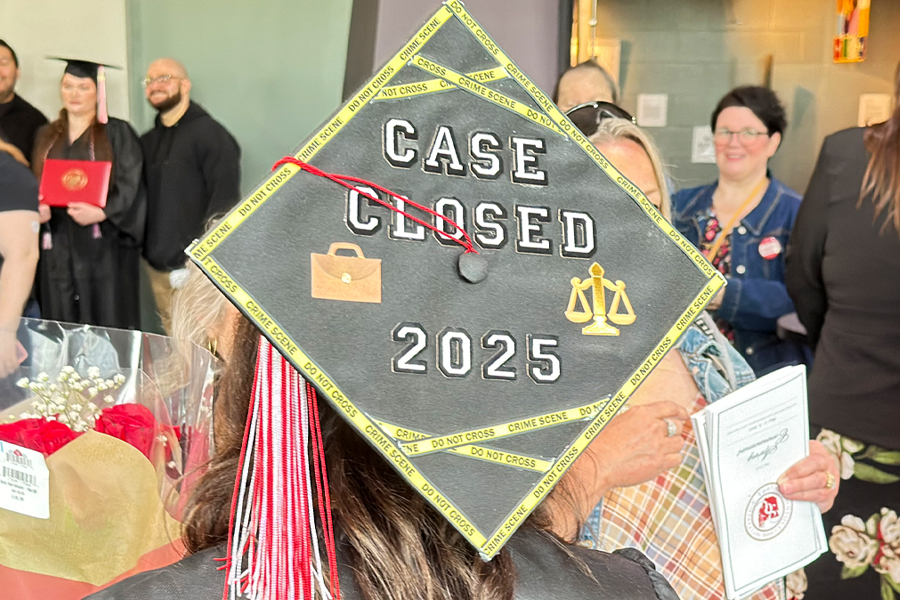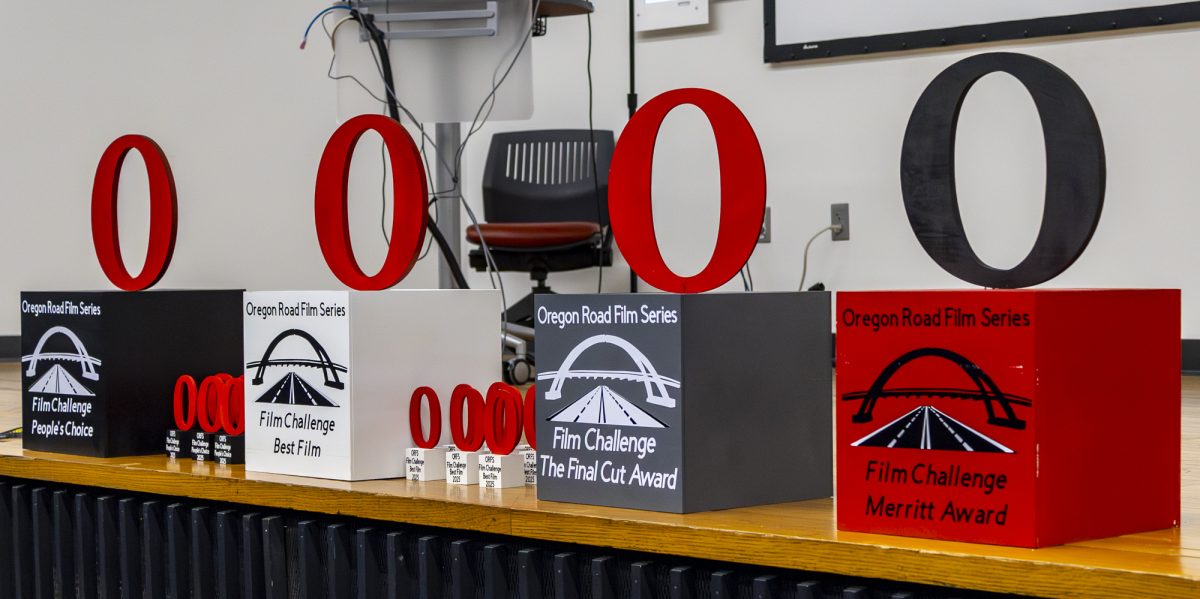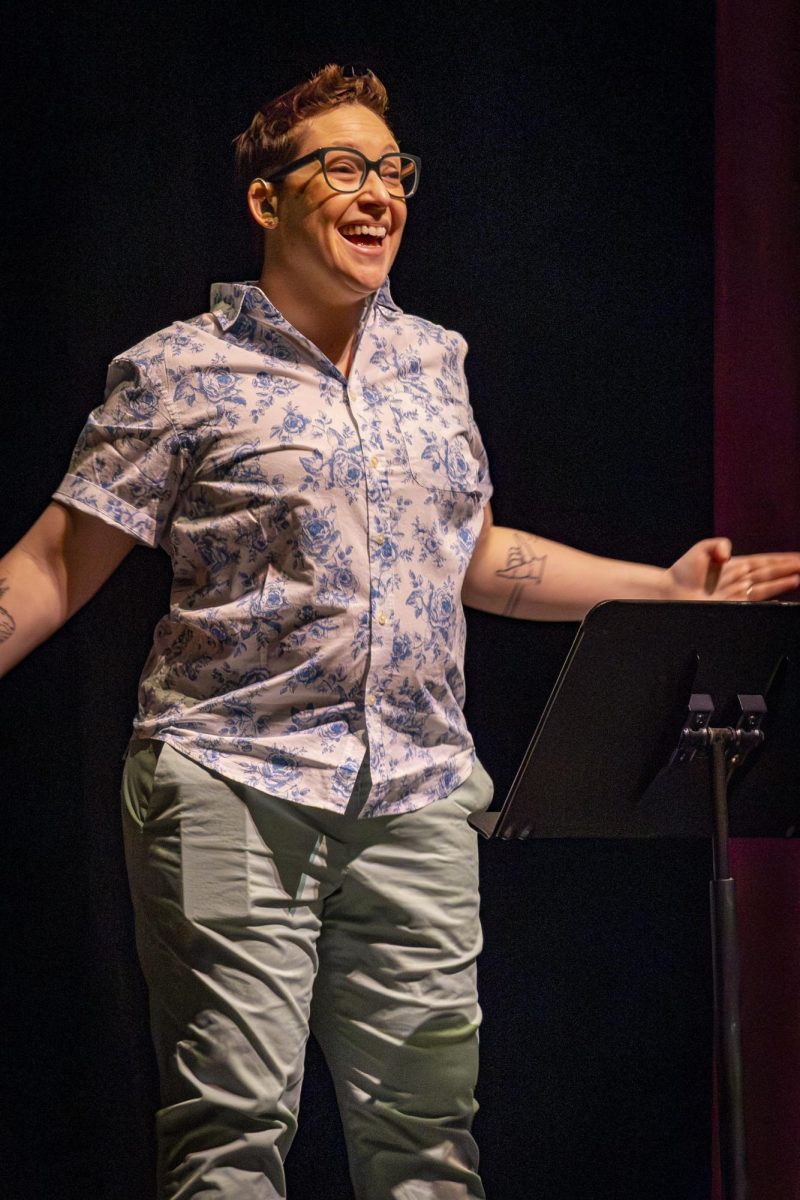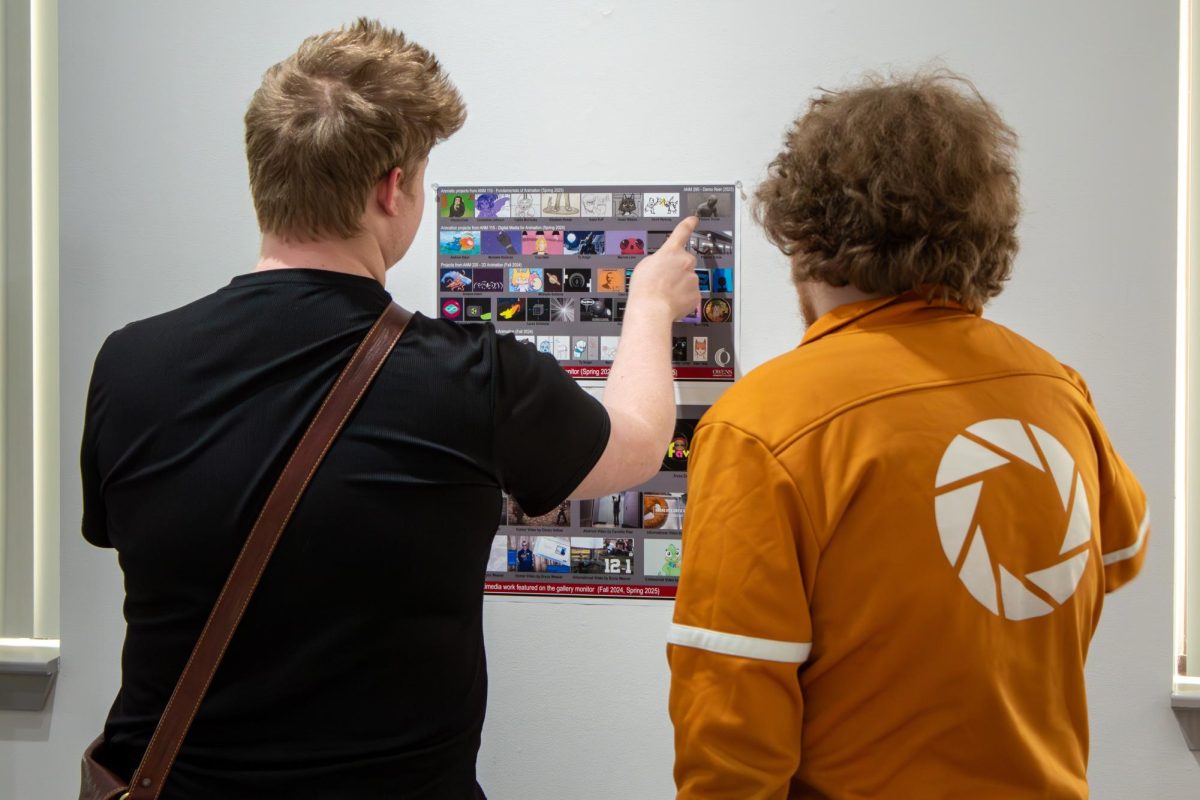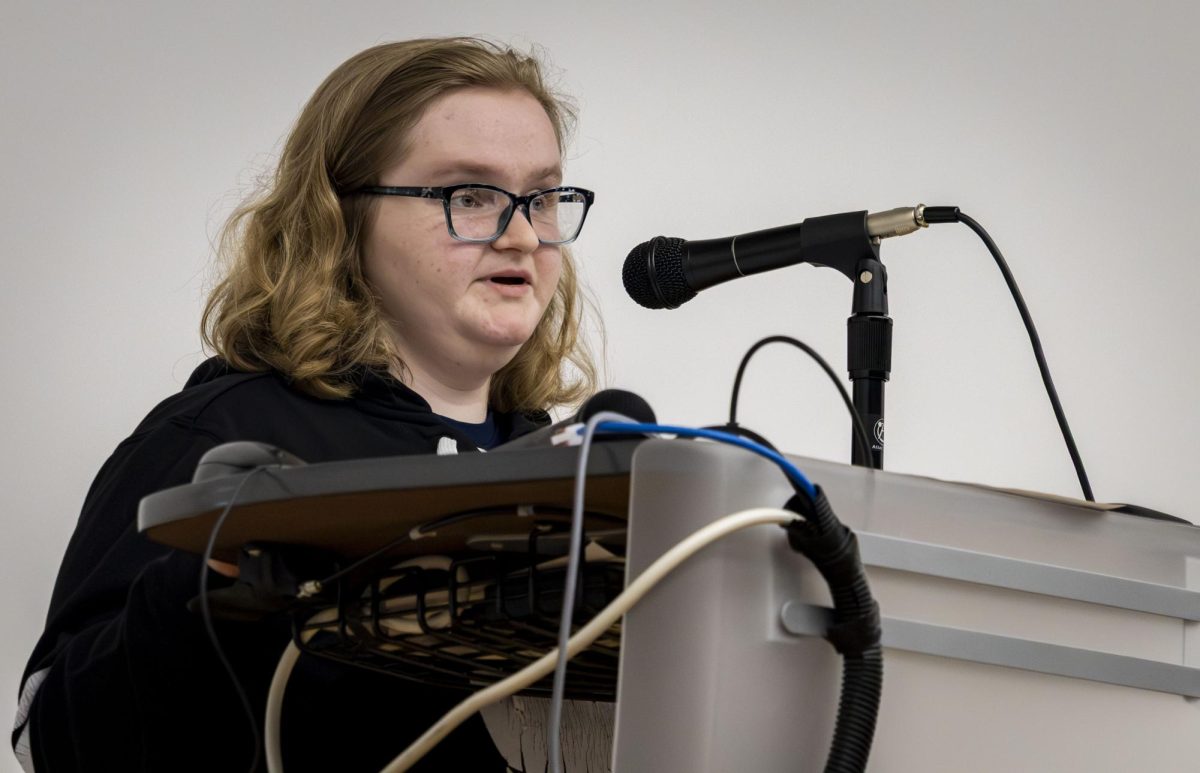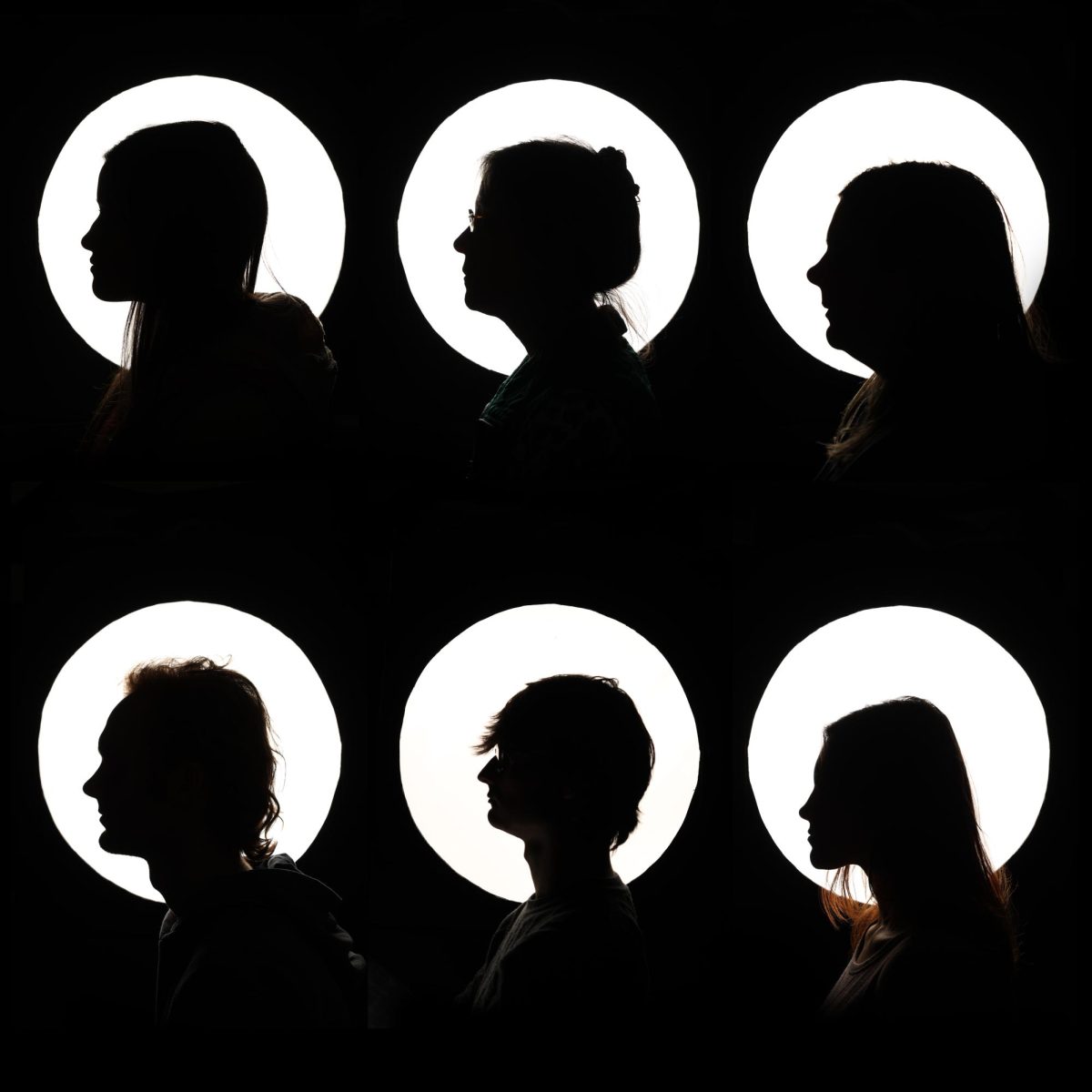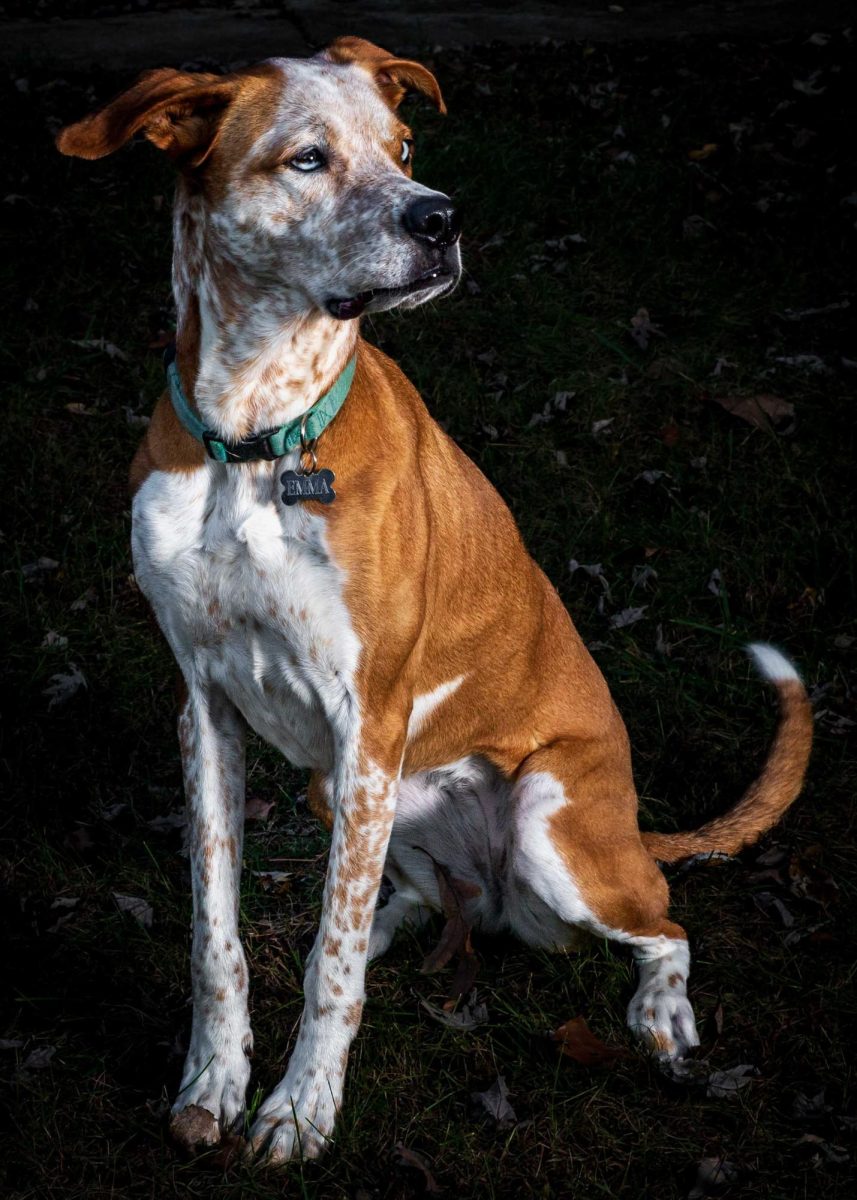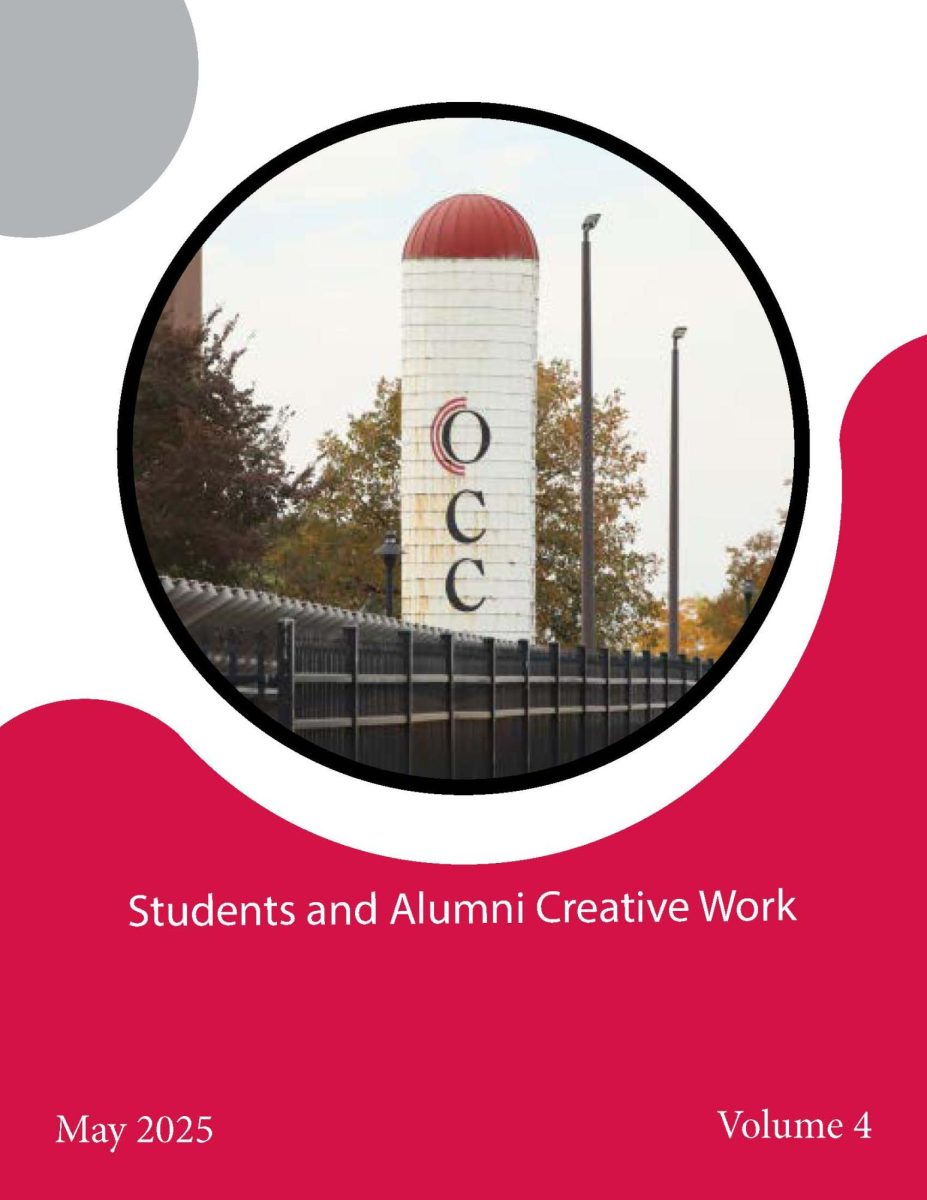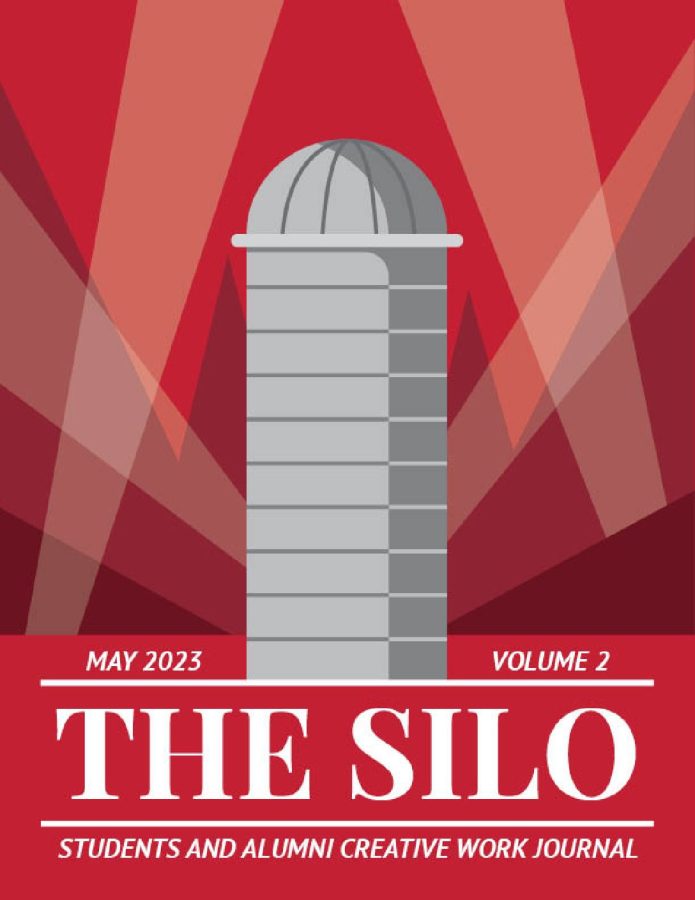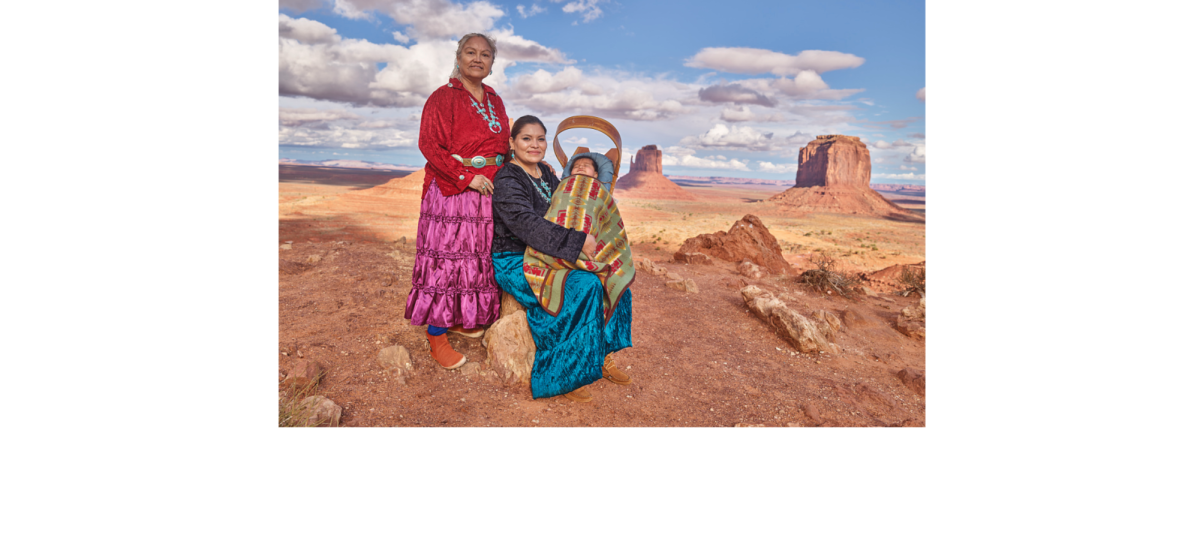Now that foods and music of Indigenous Americans have been explored, it is time to take a look at another part of their culture: their tribes or nations. There are 574 Indigenous American nations just in the United States. Each nation has their own customs and traditions, including a multitude of different languages and dialects.
It is important to remember that genocide destroys culture, not just people. In 1883, The Code of Indian Offenses outright banned Native American ceremonies and celebrations in the United States. It was part of a larger attempt to force Christianity on the Indigenous peoples of America.
The customs and practices which survive today are due to the perseverance and resistance of Native peoples.
Choctaw Nation
The Choctaw Nation of Oklahoma has over 225,000 members who occupy an area of ten counties in southeast Oklahoma. Before they were forced to relocate during the Trail of Tears, they lived around southern Mississippi.
Dance
While forced to hide during the 1930’s, the dances and ceremonies of the Choctaw people were kept by their elders and retold to their families. During the 1970’s, Reverend Wilson and Buster Ned worked in different areas of the Choctaw Nation to bring the return of the public celebration of their dances.
One such dance is the War Dance, which is celebrated by both men and women. It uses four steps, which is significant because they represent the four seasons and the four cycles of life, being birth, growth, decline, and death.
Basketry
Weaving baskets is passed down through generations. Before their forced relocation, women were the ones who practiced the art form and passed down their knowledge of it to the women and girls of their families. Now, both men and women basket weave to keep the tradition going.
The baskets are woven with River Cane which grows along the water in Mississippi; though, it has become more difficult to source due to overgrazing and habitat loss.
Used to store goods and foods for their communities and transportation for trading, these baskets were an important facet of Choctaw life.
Cherokee Nation
Once known as the Cherokee Nation of Oklahoma, the Cherokee Nation resides in northeast Oklahoma after being forcibly relocated during the Trail of Tears. It is the largest of the three Cherokee tribes recognized by the federal government and home to over 460,000 members.
Pre-Contact By Europeans
Cherokee society was egalitarian; women and men were equally valued politically. Independent villages traded between each other with goods made by hand or from the agriculture they worked. A main crop being Flint Corn, but other crops were grown as well like beans and squash.
Basket Weaving
The Cherokee people also wove baskets from River Cane, which could be dyed by boiling it with darker berries. This is still practiced today to preserve their culture and history.
Navajo Nation
The Navajo Nation has the largest reservation in the United States which is found in northeast Arizona, northwest New Mexico, and the southeast of Utah. They have a population of roughly 400,000 people.
Society
A traditionally matriarchal society for which inheritance is passed down through the mother, the Navajo typically lived in small groups instead of villages as other tribes had. Strong family ties are of importance to the Navajo, who live with extended family members.
COVID-19
The close proximity of their families during the COVID-19 pandemic resulted in the highest per-capita rate of infection among any state in the United States. Unfortunately, Native American Nations were hit hard by the pandemic, which may be due to the lack of infrastructure and relative poverty experienced by their peoples.
There is much more to know about just the Indigenous Nations, let alone the many cultures which exist, more than fit in a small article. I encourage you to do your own research into the hundreds of Nations of Indigenous Americans who call the Americas home.
Our next stop will be a look at major events in Indigenous American history.

